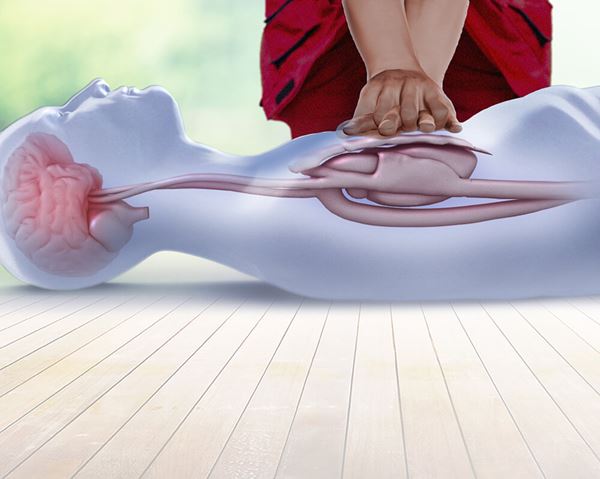
The AHA develops science-based CPR guidelines and is the leader in first aid, CPR, and AED training. All recommendations below are based on the AHA Guidelines Update for CPR and Emergency Cardiovascular Care (ECC).

CPR – or Cardiopulmonary Resuscitation – is an emergency lifesaving procedure performed when the heart stops beating. Immediate CPR can double or triple chances of survival after cardiac arrest.
The American Heart Association invites you to share our vision: a world where no one dies from cardiac arrest. Every year, 350,000 people die from cardiac arrest in the United States. Big number. Bigger opportunity. With your help, we can bring that number down to zero.
Immediate CPR can double or triple chances of survival after cardiac arrest.
Keeping the blood flow active – even partially – extends the opportunity for a successful resuscitation once trained medical staff arrive on site.
CPR is a critical step in the AHA’s Chain of Survival. The term Chain of Survival provides a useful metaphor for the elements of the ECC systems concept.
A strong Chain of Survival can improve chances of survival and recovery for victims of cardiac arrest.
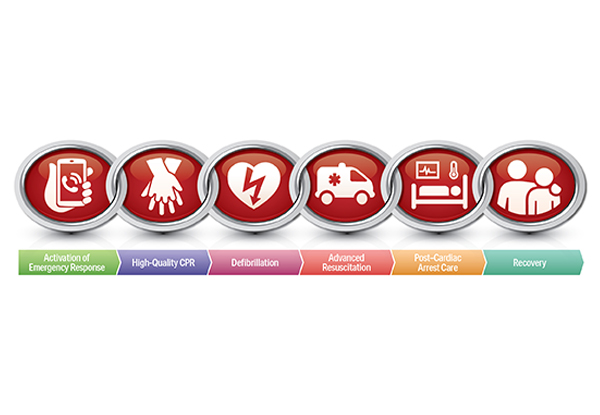
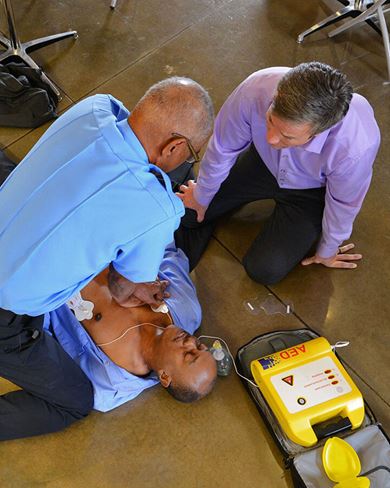
AEDs can greatly increase a cardiac arrest victim's chances of survival. The AHA offers a two-page guide on how to implement an AED program at a company or organization. To minimize the time to defibrillation for cardiac arrest victims, deployment of AEDs should not be limited to only trained people (although training is still recommended).
There are two commonly known versions of CPR:
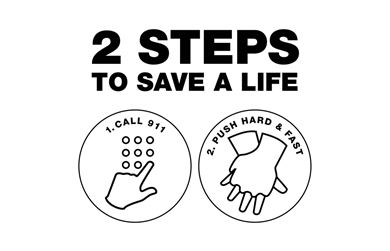
High-quality CPR should be performed by anyone - including bystanders. There are five critical components:
A recent study tested sixth graders and their capacity to use Hands-Only CPR to save lives. The study found that the majority of children could perform CPR in the correct location and at the appropriate compression rate, making this a viable group to train to help save lives. In fact, the AHA is dedicated to training the next generation of lifesavers through its CPR in Schools program. We led the charge to make CPR training a high school graduation requirement in 34 states – and counting!
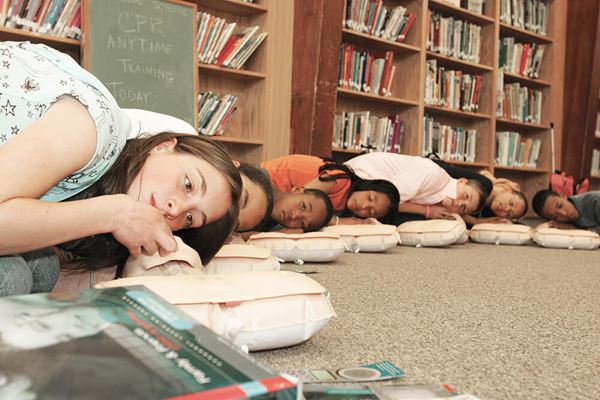
According to a study released by the Resuscitation Science Symposium, men are more likely to receive bystander CPR in public locations compared to women.
So why the discrepancy? It could come down to anatomy and a bystander being comfortable enough to perform CPR on a woman.
Occurs when the heart malfunctions and stops beating unexpectedly. Cardiac arrest is an “ELECTRICAL” problem.
 Find a Training Center near you" width="390" height="219" />
Find a Training Center near you" width="390" height="219" />
If you are interested in taking a course to learn the lifesaving skills of CPR, first aid, and AED, use the Find A Course Tool to locate a Training Center near you.
Many AHA lifesaving training courses are available online via ShopCPR. Courses that involve only cognitive learning can be completed entirely online. For courses that teach CPR, students must complete an in-person skills practice and testing session with an AHA Instructor after they complete the online portion. The Instructor will evaluate the student's skills and upon successful completion of both portions of the course, the student will receive a course completion card, valid for two years. See more information on blended learning and eLearning training.